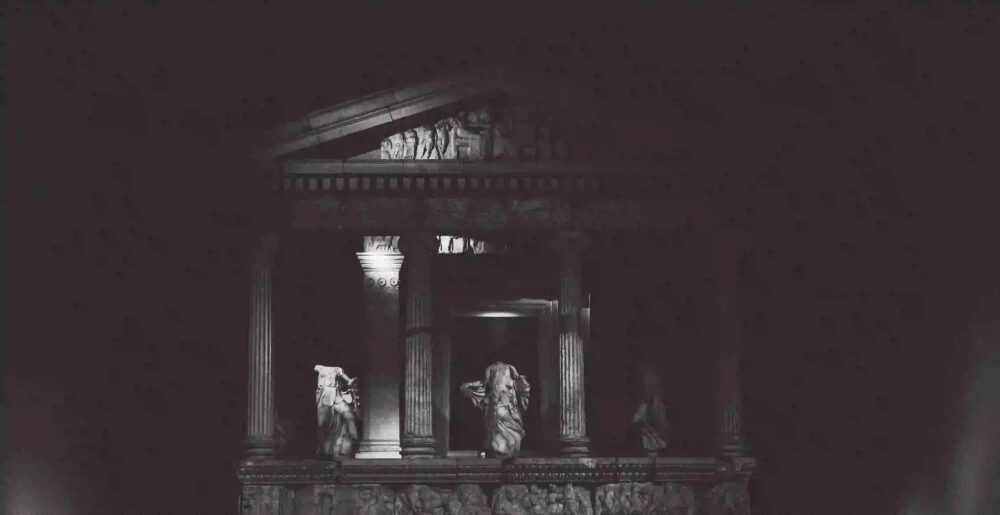Symbols have always played a significant role in human cultures and societies. From ancient civilizations to modern times, symbols have been used to communicate ideas, represent beliefs, and convey hidden meanings. Among the many types of symbols, mythological symbols hold a special place due to their rich and profound symbolism. In this blog post, we will explore the meaning and significance of mythological symbols, shedding light on their fascinating world.
The Power of Mythology
Mythology has long captivated human imagination, offering a glimpse into the collective unconscious of societies and their understanding of the world. Mythological symbols are the visual representations of these powerful myths, carrying deep meaning and cultural significance. They often serve as a bridge between the conscious and unconscious, inviting us to explore the depths of human experience.
The Language of the Gods
Mythological symbols are the language of the gods, speaking to us in a universal and timeless way. Each symbol embodies a specific concept or idea, transcending the boundaries of language and culture. These symbols often draw inspiration from nature, animals, celestial bodies, and human characteristics, making them relatable and understandable across different societies.
The Tree of Life
One of the most recognizable mythological symbols is the Tree of Life. Found in various mythologies, this symbol represents the interconnectedness of all living beings and the cyclical nature of life and death. It is a powerful reminder of the delicate balance and harmony that exists in the universe.
The Serpent
Another symbol that appears in many mythological narratives is the serpent. Often associated with wisdom, rebirth, and transformation, the serpent represents the eternal cycle of life and the shedding of old skin for new beginnings. It can also symbolize hidden knowledge and the connection between the earthly and divine realms.
The Phoenix
The mythological symbol of the Phoenix is a representation of resurrection and renewal. This majestic bird is said to rise from the ashes, symbolizing the triumph over adversity and the ability to rise stronger after facing destruction. The Phoenix serves as a beacon of hope, inspiring individuals to embrace change and see challenges as opportunities for growth.
The Lotus Flower
In many Eastern mythologies, the lotus flower holds great significance. It represents purity, enlightenment, and spiritual awakening. The lotus grows out of muddy waters, blooming into a beautiful flower, symbolizing the journey of the soul towards enlightenment and transcendence.
The Mythical Creatures
Mythological symbols often feature mythical creatures that embody both human and animal characteristics. Creatures like the Sphinx, Centaur, and Minotaur are visual representations of the complexities of human nature, showing the constant struggle between our animalistic instincts and our higher consciousness.
Unveiling Hidden Meanings
The beauty of mythological symbols lies in their ability to convey deeper meanings beyond their visual representation. They invite us to explore the realms of the unconscious, unraveling hidden truths about ourselves and the world around us. By engaging with these symbols, we can tap into our own inner wisdom and gain a deeper understanding of our place in the cosmos.
Conclusion
Mythological symbols are a treasure trove of meaning and significance. They offer us a glimpse into the rich tapestry of human existence and the timeless wisdom of our ancestors. By delving into the symbolism of these mythological symbols, we can unlock profound insights and embark on a journey of self-discovery. Let us embrace the power of these symbols and allow them to guide us on our path towards a deeper understanding of ourselves and the world we inhabit.
Note: This blog post was written for informational purposes only. The views and opinions expressed in this article are those of the author and do not necessarily reflect the official policy or position of any agency or organization.
